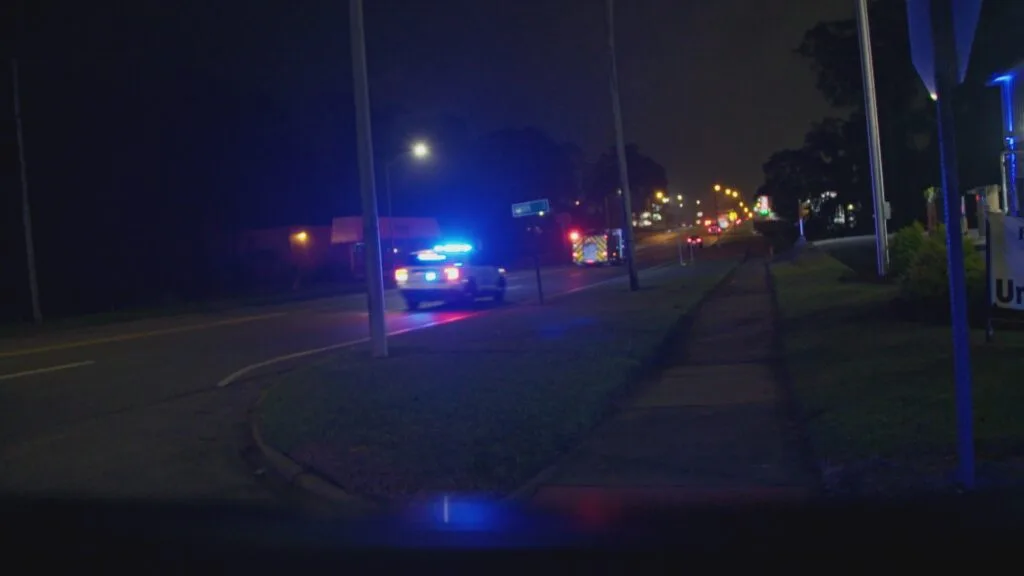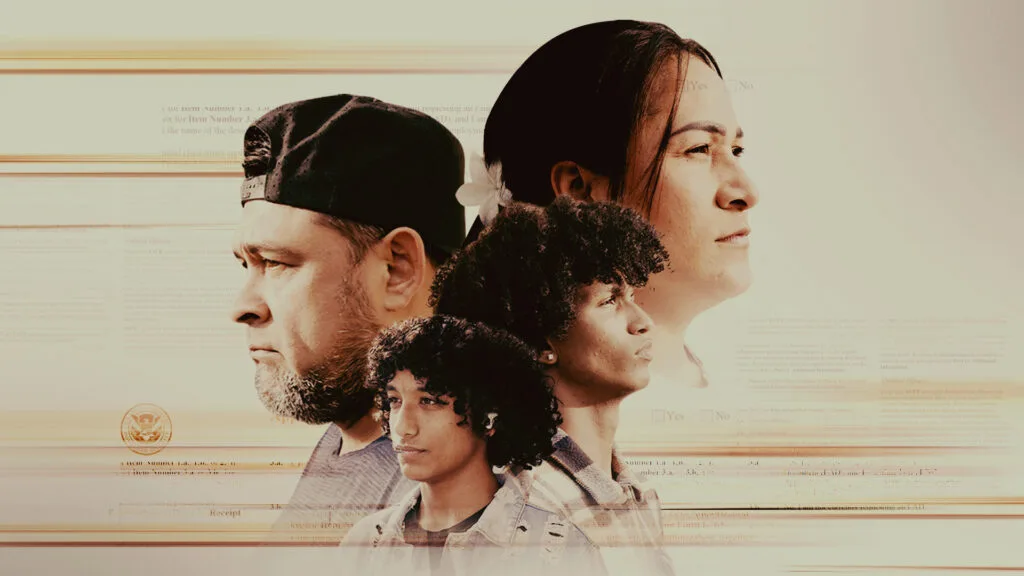Inside the Investigation into Police Use of Force

May 9, 2024
A new investigation reveals that over nearly a decade, more than 1,000 people died following encounters where police employed tactics known as “less-lethal force,” which ranged from Tasers or physical restraint to forced sedation and other methods meant to stop people without killing them. Police say they are often responding to volatile and sometimes violent situations, and deaths are rare.
Drawing on police records, autopsy reports, and footage from cellphones and body-worn cameras, The Associated Press, in collaboration with FRONTLINE and the Howard Centers for Investigative Journalism, compiled a database that serves as the most extensive accounting ever of deaths following such police encounters.
Serginho Roosblad, director and producer of the joint documentary Documenting Police Use of Force, and Justin Pritchard, a reporter and editor with the AP, join host Raney Aronson-Rath on The FRONTLINE Dispatch to discuss their findings.
The investigation also includes an interactive story and database.
Stream Documenting Police Use of Force on FRONTLINE’s website, FRONTLINE’s YouTube channel, or the PBS App.
Want to be notified every time a new podcast episode drops? Sign up for The FRONTLINE Dispatch newsletter.
Latest Documentaries
Policies
Teacher Center
Funding for FRONTLINE is provided through the support of PBS viewers and by the Corporation for Public Broadcasting. Additional funding is provided by the Abrams Foundation; Park Foundation; the John D. and Catherine T. MacArthur Foundation; and the FRONTLINE Trust with major support from Jon and Jo Ann Hagler on behalf of the Jon L. Hagler Foundation, and additional support from Koo and Patricia Yuen. FRONTLINE is a registered trademark of WGBH Educational Foundation. Web Site Copyright ©1995-2025 WGBH Educational Foundation. PBS is a 501(c)(3) not-for-profit organization.


















